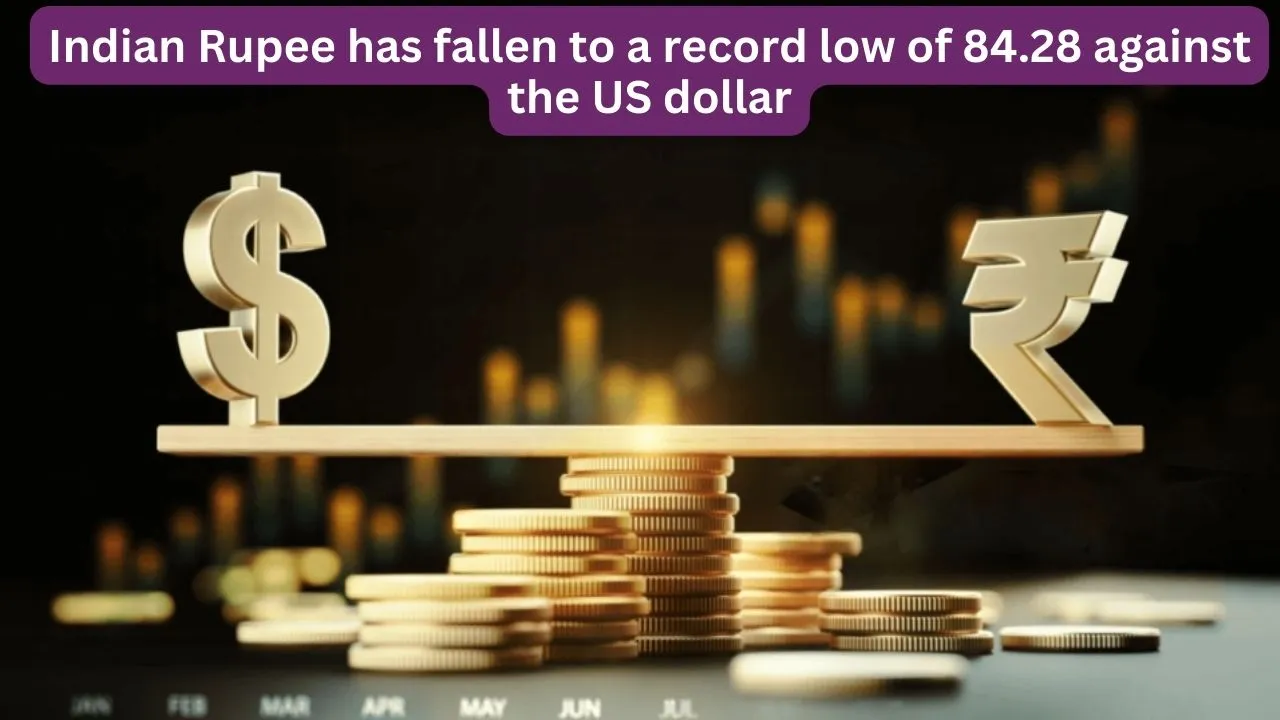On November 6, the Indian rupee fell to an all-time low of Rs 84.282 against the US dollar. This drop came as the dollar grew stronger, influenced by Donald Trump’s win in the US presidential election. Analysts expect Trump’s policies might further strengthen the dollar.
Sharpest Fall in Four Months
The rupee dropped by 17 paise, marking its steepest single-day fall in four months. During the trading day, it reached an intraday low of Rs 84.33 before closing at Rs 84.295. Experts predict that the rupee may continue to weaken and potentially reach Rs 84.40 soon.
RBI Intervention Limits the Decline
Despite the drop, the rupee has been more resilient than other Asian currencies, thanks to intervention from the Reserve Bank of India (RBI). The RBI’s actions have helped reduce sudden fluctuations, although analysts believe RBI intervention won’t stop the rupee’s long-term trend if the dollar continues to rise globally.
Rise in US Treasury Yields Adds Pressure
US Treasury yields increased to 4.44%, partly due to expectations of Trump’s policies, which may include tariffs and anti-dumping measures. These policies could raise inflation and reduce the likelihood of further US interest rate cuts, making US investments more attractive and putting more pressure on the rupee.
Outlook for the Rupee
Experts suggest that Trump’s policies could drive up US inflation, potentially leading to higher interest rates and a stronger dollar. This would directly impact the rupee, making it weaker in the global market.
RBI’s Approach to Market Intervention
The RBI is likely to maintain its approach of reducing market volatility rather than attempting to stop the rupee’s overall decline. Importers are increasingly concerned about further rupee depreciation, leading to a sell-off as they expect higher costs ahead.
Impact on Emerging Markets and Investment Outflows
Higher US Treasury yields are attracting investors to dollar-based assets, which could lead to an outflow of funds from Indian markets to US markets. If the dollar remains strong, emerging markets like India could see a shift in investment as investors prefer safer, dollar-backed assets.
1 USD to INR from 1947 to 2024
| Year | Exchange Rate [1 USD to 1 INR] |
|---|---|
| 1947 | 3.30 |
| 1949 | 4.76 |
| 1966 | 7.50 |
| 1975 | 8.39 |
| 1980 | 6.61 |
| 1990 | 17.01 |
| 2000 | 44.31 |
| 2005 | 43.50 |
| 2006 | 46.92 |
| 2007 | 49.32 |
| 2008 | 43.30 |
| 2009 | 48.82 |
| 2010 | 46.02 |
| 2011 | 44.65 |
| 2012 | 53.06 |
| 2013 | 54.78 |
| 2014 | 60.95 |
| 2015 | 66.79 |
| 2016 | 67.63 |
| 2017 | 64.94 |
| 2018 | 70.64 |
| 2019 | 72.15 |
| 2020 | 74.31 |
| 2021 | 75.45 |
| 2022 | 81.62 |
| 2024 (Latest) | 84.37 |
